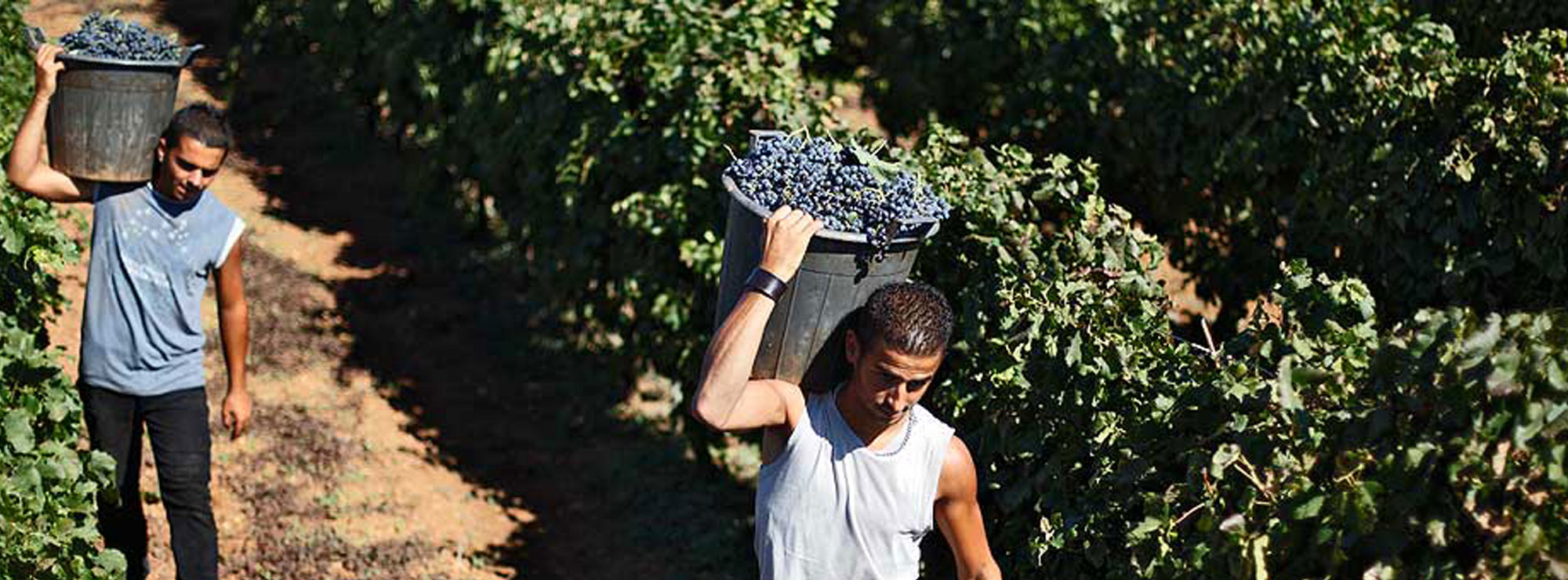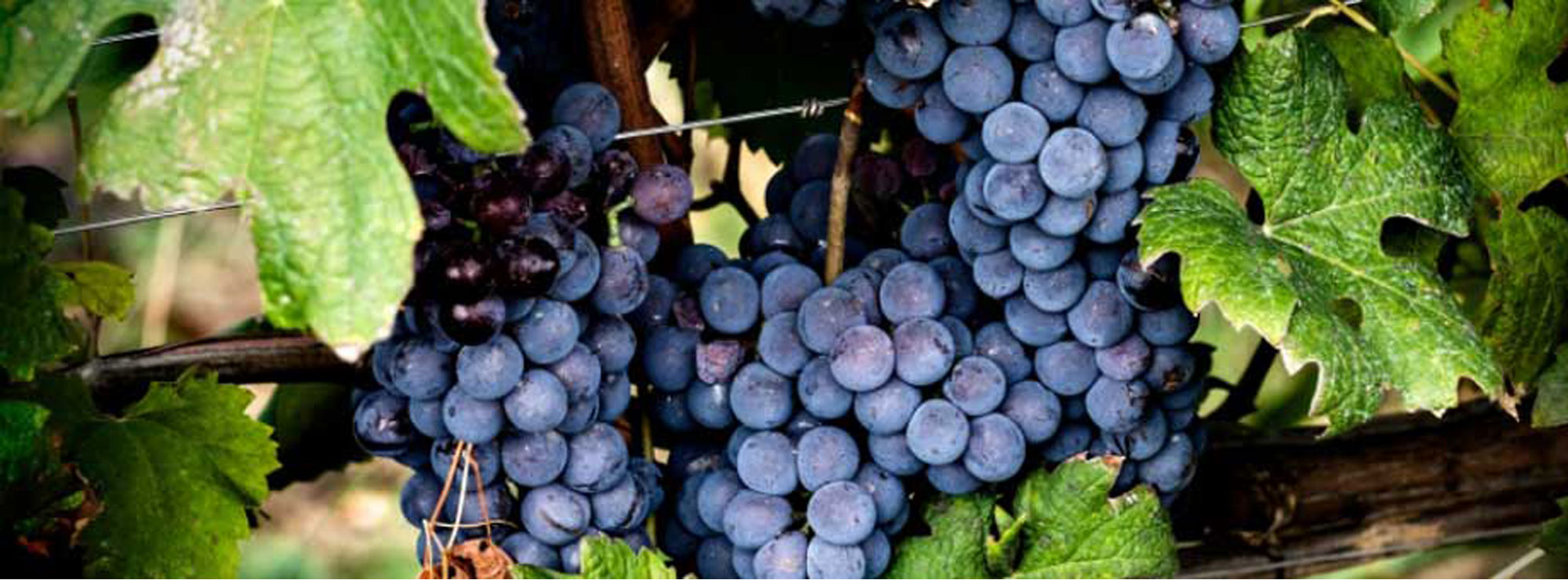Cantina Trexenta

Courage and love for grapevine cultivation were common traits to 23 growers who founded a community in Trexenta in 1956 that evolved to become the winery it is today. Nestled in the fertile Mediterranean countryside of Sardinia, their communal experience and history of wine making has been passed down for generations with a focus on native varietals such as Vermentino, Cannonau and Nuragas.
An area rich with history, the vineyards date to prehistoric times and the grapes harvested today arrived in Sardinia in the Phoenician Era (IX – VIII century BC), during the Carthage (VI century BC) and Roman (III century BC.) rulings.
Trexenta is formed of mountainous stretches up to 400 meters above sea level. Typical widespread Miocene sedimentary formation consisting of limestone, marl, sandstone and volcanic material dominate this area resulting in calcium carbonate rich soils of fine marl texture and more coarse sandstone textures.
Sardinia is recognised as one of the earths Blue Zones which are regions with the highest populations of centenarians. Cannonau is known locally as the wine of longevity and is one of the major contributors to this result as it contains the highest levels of polyphenols than any other wine with antioxidants linked to the health against cardiovascular and neurological diseases.
A strong focus on sustainability, the winery encourages the preservation of flora and fauna and minimal use of pesticides.
History of Cannonau
Cannonau is a native Sardinian grape. Once perceived to have been a grape of Spanish origin, many scholars, in fact, mistakenly believed that Cannonau, known in Spain as Garnacha, was imported from the Iberian Peninsula in Sardinia in 1400 AD during the Spanish rule, but it is most likely the opposite, that the Spaniards began to cultivate this variety after they found it in Sardinia. In fact, Cannonau seeds dating back to 1200 BC were found during recent archaeological excavations in which the ancient inhabitants of the island who sailed around the Mediterranean could have helped spread Cannonau in Spain, and in particular, in Seville where it is called Canonazo and in Aragon where it takes the name of Garnacha, and finally in France, where it is known as Grenache.













